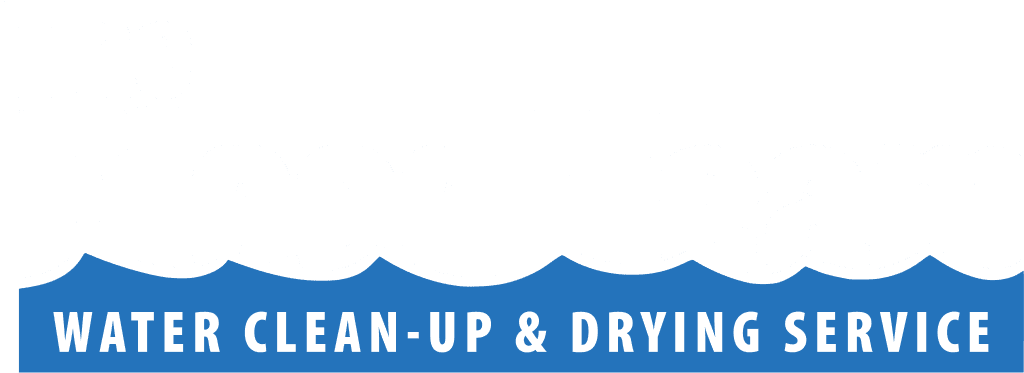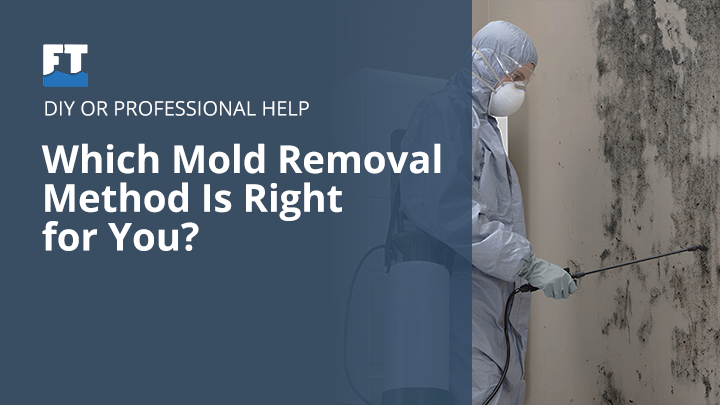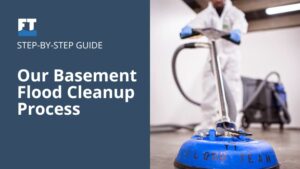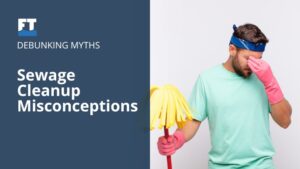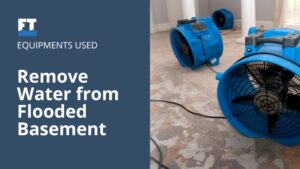You spot a dark patch on the wall and think, “I’ve got this.” A quick scrub, some bleach, maybe a face mask, and done, right? But days later, it creeps back like it never left. Mold has a sneaky way of hiding deeper than the surface, and what looks like a simple fix might be just the tip of the problem.
As noted in a guide from the Environmental Protection Agency (EPA), small areas of mold, measuring less than 10 square feet, can often be safely cleaned by homeowners if the proper precautions are taken. However, larger infestations or cases involving water damage may require the services of trained professionals to ensure complete and safe remediation.
In this blog, we’ll weigh the pros and cons of DIY mold removal versus professional mold remediation so you can decide what’s truly best for your home, health, and peace of mind.
DIY Mold Removal: Pros and Cons
Pros
1. It’s cheaper: DIY mold removal is cheaper because you only need to buy basic supplies like cleaning products, gloves, and a face mask. You don’t have to pay for a professional service, which can save you a lot of money.
2. You can act quickly: If you spot mold growth, you don’t need to wait for help. You can grab your supplies and start cleaning right away. This can stop the mold from spreading and getting worse.
3. No strangers in your home: If you’re uncomfortable with strangers in your space, DIY lets you handle the job on your own. You won’t need to let technicians or workers into your home.
Cons
1. You might not remove all the mold: Mold often hides behind walls, under floors, or inside ceilings. Without the right tools, you might miss these areas. If that happens, the mold could return and grow even more.
2. You could make it worse: If you scrub mold without the right technique, you might release mold spores into the air. These spores can settle in new places and cause more mold growth in your home.
3. Health risks are real: Mold exposure can be risky if you don’t use proper safety gear. Breathing in spores or touching mold can cause allergy symptoms, skin irritation, or even severe breathing problems, especially for individuals with asthma or weakened immune systems.
Professional Mold Remediation: Pros and Cons
Pros
1. They can find hidden mold: Mold isn’t always visible. It often grows inside walls, ceilings, and air vents. A professional mold removal company uses specialized tools, such as moisture meters and infrared cameras, to detect mold in areas that are not typically inspected.
2. They use proper equipment: Experts come prepared with advanced tools, such as HEPA vacuums, air scrubbers, and sealants. They also perform an antimicrobial application to treat affected areas and discourage future growth.
3. The process is safer: Professional teams wear protective suits, masks, and gloves. They also set up barriers to stop mold spores from spreading during the cleanup. This helps protect both your home and your health.
4. Mold is less likely to return: Professionals don’t just clean the mold, they also find and fix the moisture problem causing it. This could be a leak, high humidity, or poor airflow. Fixing the source helps prevent future mold growth.
Cons
1. It can be expensive: Hiring a mold remediation company usually costs more than doing it yourself. Prices vary based on the size of the problem, but they can range from a few hundred to several thousand dollars.
2. The process takes time: You’ll need to schedule an inspection, wait for the cleanup, and allow time for drying. In some cases, follow-up visits may also be needed to make sure the mold is completely gone.
When DIY Is Enough
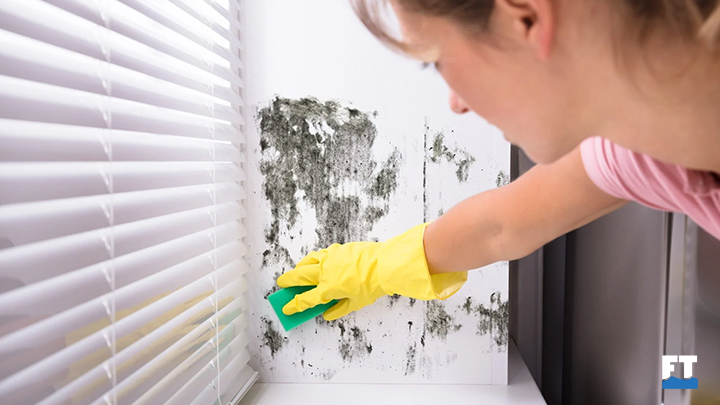
- The moldy area is small (less than 10 square feet).
- You see the mold clearly on surfaces like tile, plastic, or metal.
- There are no leaks or signs of deeper moisture.
- No one in the home is sensitive to mold or showing symptoms.
- You feel comfortable using gloves, goggles, and a mask.
In these cases, using a mix of detergent and water—or a mold cleaner—might be all you need.
When to Call a Professional
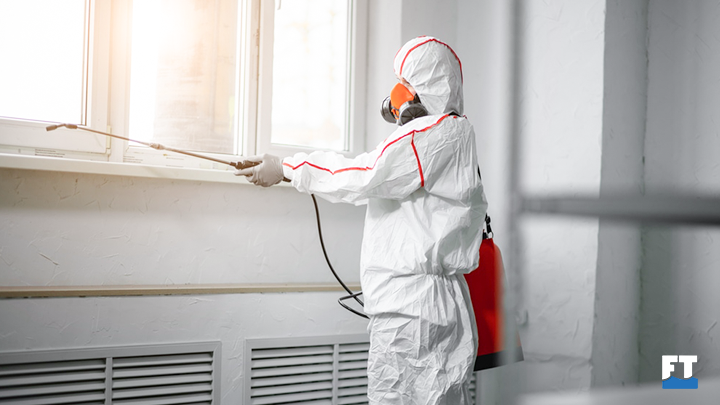
- The mold keeps coming back even after cleaning.
- You smell mold but can’t see it.
- Mold is in or near your HVAC system, insulation, drywall, or wood.
- The area is large or has spread into multiple rooms.
- Someone in the house has asthma, allergies, or compromised immunity.
- There has been water damage, a leak, or past flooding.
If any of these sound familiar, professional companies that remediate mold are the safer choice.
Not Sure If You Should Tackle Mold Yourself?
Small spots might seem easy to handle—but hidden mold and lingering moisture can put your health and home at risk. The Flood Team offers expert mold remediation using advanced tools to detect and remove mold safely and thoroughly.
Let us inspect it before it spreads. Book your free evaluation today.

Final Thoughts
Mold isn’t just a spot on the wall. It often points to deeper issues and can cause health problems. If the patch is small, DIY mold removal may be enough. But if you’re dealing with big patches, hidden mold, or health risks, professional mold remediation is the smarter, safer choice. It costs more upfront, but it gives you peace of mind, a cleaner home, and long-term protection.
FAQs
How do I stop mold from returning?
Fix leaks quickly. Dry damp areas well. Use exhaust fans in bathrooms and kitchens. Keep indoor humidity below 60%.
Can I use bleach for mold?
Bleach may work on non-porous surfaces, but it won’t reach mold in drywall or wood. Plus, it doesn’t address moisture issues.
How can I tell if mold is hidden?
Watch for odd musty smells, paint blisters, warped floors, or damp walls. If you suspect more, get a pro inspection.
Is it safe to stay in my home during cleanup?
Yes, for small jobs with good ventilation. For bigger ones, staying elsewhere may be safer, especially for those with allergies.
Can mold make you sick?
Yes, especially if you’re sensitive to it. Mold can trigger symptoms such as sneezing, coughing, skin irritation, and breathing problems. Individuals with asthma, allergies, or weakened immune systems may experience exacerbation of symptoms when exposed to mold.
